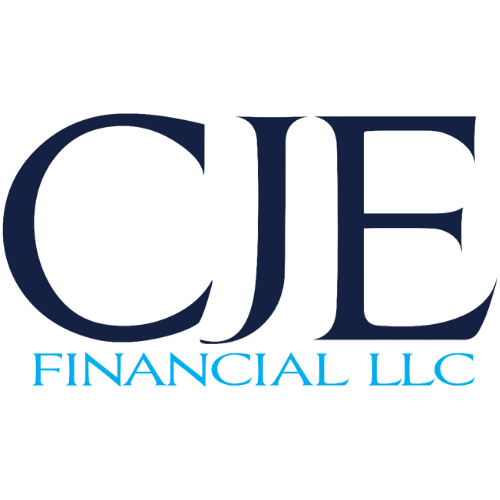Federal Reserve Signals Delay in Rate Cuts Amidst Persistent Inflation
The Federal Reserve is treading cautiously as it faces the challenges that come with persistent inflation, signaling that any additional interest rate cuts may be delayed until later this year.
Federal Reserve Chair Jerome Powell cautions that recent economic data has not provided the expected reassurance about inflation cooling down as quickly as hoped. (1)
What Does This Mean for Interest Rates?
According to Powell, the central bank will continue to maintain current interest rates for an extended period if inflation remains high. (1)
Economists at Goldman Sachs and Oxford Economics have pushed back their forecast for the first of two cuts they expect this year to September. Bank of America foresees just one Fed rate cut, in December. (2)
Despite the spike in inflation during the early months of the year, Powell emphasized that the Fed's outlook for the economy remains largely unchanged. The Fed still anticipates a gradual decline in inflation, albeit at a slower pace than previously projected, moving towards their target rate of 2%. (1)
Recent government data underscores the stubbornness of inflation, with year-over-year inflation rates reaching 2.7% in March.2 Additionally, a significant increase in "core" prices, which exclude volatile food and energy costs, is still being observed. (2)
Adjusting Market Expectations
Financial markets have adjusted their expectations in response to the recent developments. While traders previously anticipated as many as six quarter-point rate cuts in 2024, the current outlook has been revised down to just one or two rate cuts in the final quarter of the year. (2)
Benefits and Obstacles of a High Rate Environment
Keep in mind the following benefits when navigating a high rate environment:
Higher Returns for Savers: As the Federal Reserve raises interest rates, banks tend to offer higher interest rates on deposits. Fixed-income securities also become more attractive with higher rates. (3)
Increased Payouts: Benefit payments like Social Security, indexed to inflation, will rise with higher interest rates. (3)
Stronger Dollar: Elevated interest rates typically result in a stronger dollar, reducing the cost of imported goods and benefiting travelers abroad. (3)
Remain aware of the following obstacles that come with high interest rates:
Increased Borrowing Costs: Higher interest rates mean higher costs for new loans, including mortgages, personal and auto loans. (3)
Rising Costs for Adjustable-Rate Loans: Existing adjustable-rate loans and credit card debt are becoming more expensive due to increasing interest rates. (3)
Continued Stock Market Volatility: Concerns about higher operational costs and a potential recession have led to increased stock market volatility. Despite some anticipation of interest rate increases, ongoing uncertainty about their extent will likely sustain this volatility. (3)
Closing Thoughts
The Federal Reserve's cautious stance on interest rates reflects its commitment to controlling inflation. While comparatively high interest rates offer benefits like higher returns for savers and potential inflation control, they also come with downsides such as increased borrowing costs and market volatility.
As the Fed continues to navigate these challenges, both policymakers and market participants will need to closely monitor economic indicators for further insights into the future of interest rates and the broader economy.
Article Sources:
Rugaber, Christopher. “Inflation pressures lingering from pandemic are keeping Fed rate cuts on pause.” Associated Press News, May 29, 2024. (1)
Rugaber, Christopher. “Fed’s Powell: Elevated inflation will likely delay rate cuts this year.” Associated Press News, April 16, 2024. (2)
“Pros and Cons of Rising Interest Rates.” Fifth Third Bank, March 6, 2023. (3)
